My dear friend Anlina was in town and came to visit me at work yesterday. We then went to dinner, and they came to crash at my place afterwards. We talked and got giggly and silly, and at some point the idea of dressing them in kimono came up. I’ve honestly never dressed anyone but myself before and thought this would be a great chance to practice. Anlina is lucky, they have a great body for kimono. They’re not wearing any structural undergarments here, merely a snug tank top.
My only stipulation was that they choose an outfit involving a tsuke-obi (pre-tied obi) as I’d been working all day and was tiiiiiired and not up to tying anything. I think we pulled together something cute, even if the formality is all over the place.
And of course, Tribble had to get involved.
So, what do you think, good first try for dressing someone else? Outfit cute, even if it makes no sense? Isn’t Anlina adorable?
Items used in this coordination
- Asanoha and Ume
- Dainty Vines
- Leaf Green Shibori
- Green Round

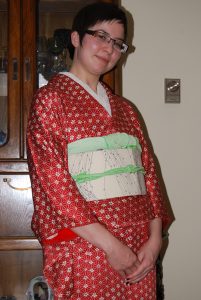
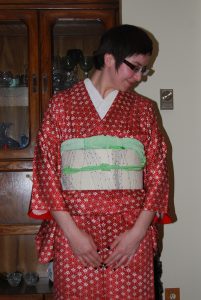
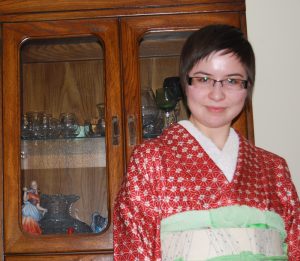
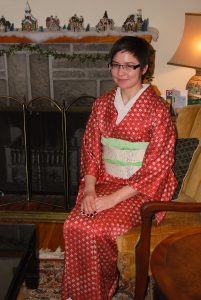
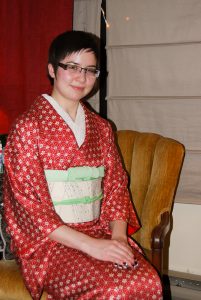
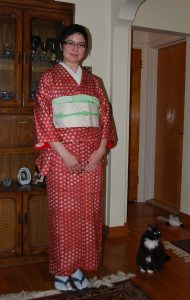
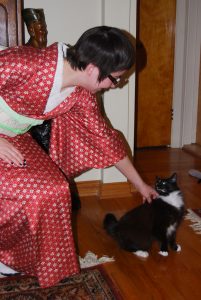

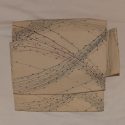
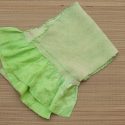
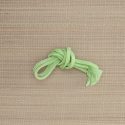
















































 Bebe Taian
Bebe Taian CHOKO Blog
CHOKO Blog Gion Kobu
Gion Kobu